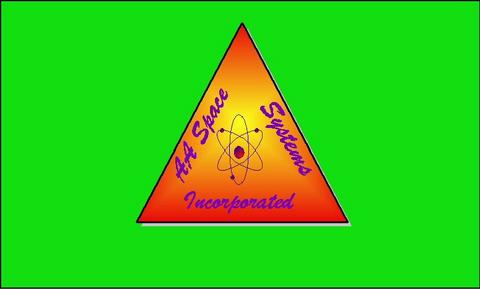

| SPACE SYSTEMS, INC - A Division of the AA Institute |

 Space Systems, Inc. unveils new 'Remote Launch
Space Systems, Inc. unveils new 'Remote LaunchIgnition Facility' (RELIF) Article posted: 12 December, 2003 Almost 50 years since the former Soviet Union's first launch of Sputnik 1 into orbit back in October 1957, rocket launching today is still not a hundred per cent 'fail safe' operation in any nation's launch program. The casualties of Brazil's launch pad explosion earlier this year, when more than 20 lives were lost in the nation's worst space program disaster, underlines the dangers and the need for greater crew safety during launch operations. The experimental "Rocketry & Aerospace" program operated by the AA Institute is not entirely immune to potential launch hazards of this kind, as the program still relies on the same high explosive charge detonations each time a rocket leaves the launch pad. "Ascent 3 mission control, we're at T minus 10...9...8...7...6...5...4...3...2...1...ignition!" The last two test launches in AAI's Rocketry & Aerospace program relied upon ignition systems that were tied to the launch platform by wired umbilicals, which offered no more than 5 metres of 'safe distancing' separation between the launch pad and the hand operated ignition button. AA-Space Systems, Inc. the technology R & D division of the AA Institute has recently designed and tested an elaborate 'Remote Launch Ignition Facility' - RELIF for short - which could be about to change all that. Nominal design parameters of RELIF allow safe distancing separations of up to 30 metres between the hazardous launch platform and the ignition button. This will mark a significant step forward in achieveing higher levels of safety, especially during 'experimental' launch efforts where the stability of the vehicle is unproven due to excessive payload mass or some other un-tested dynamical or propulsive consideration. The 30 metre nominal range could be further extended by implementing future antenna design enhancements. Below are the design schematics and an image of the transmitter unit circuitry for RELIF:- 
Block diagram of RELIF [AAI] 
RELIF's transmitter circuitry [AAI] Ascent 4 and beyond... The core remit of AAI's Rocketry & Aerospace program right from the outset has been to progressively achieve greater technological advancement with each new successive test launch. There is also the underlying desire to achieve higher 'sub-orbital' flight altitudes in future launches. All of this calls for greater technology R & D, which has to be managed within tight resource constraints. Funding of Rocketry & Aerospace projects needs to be balanced against resource commitments in respect of the Institute's other areas of space & Earth science focus. A number of options are currently being evaluated for the upcoming launch of Ascent 4. One choice for the next launch would be to double Ascent 3's altitude record of last August to as much as 2,000 feet with a new 'Sizzler' model of micro-rocket (similar to the existing US Army/Navy launchers in the current AAI fleet). A further option would be to invest in a brand new sub-orbital 'space plane' concept, which would essentially be a winged vehicle (much like a Space Shuttle orbiter), propelled from the ground as a rocket on a steep ballistic trajectory, but which subsequently returns to Earth as an un-powered glider. Looking even further ahead, aerial launching of rockets from high altitude balloons and multi-stage vehicles propelled from the ground may become feasible in the 2005-2008 time frame. Sophisticated onboard technology payloads like flight altimeters and remote sensing rocket-cams should become real possibilities by then, as we move further up the aerospace launch program's 'experience curve'. Whatever choice of vehicle and mission design is selected in the coming months, Ascent 4 is likely to be launched no earlier than the Spring of 2004, when calm, dry weather conditions once again return to our part of the world. Flag of AA Institute's rocketry & aerospace program [AAI] The "Rocketry & Aerospace" program is an aspirational initiative of the AA Institute of Space Science & Technology 
Copyright © 2003 Abdul Ahad. All rights reserved.
|
|
|